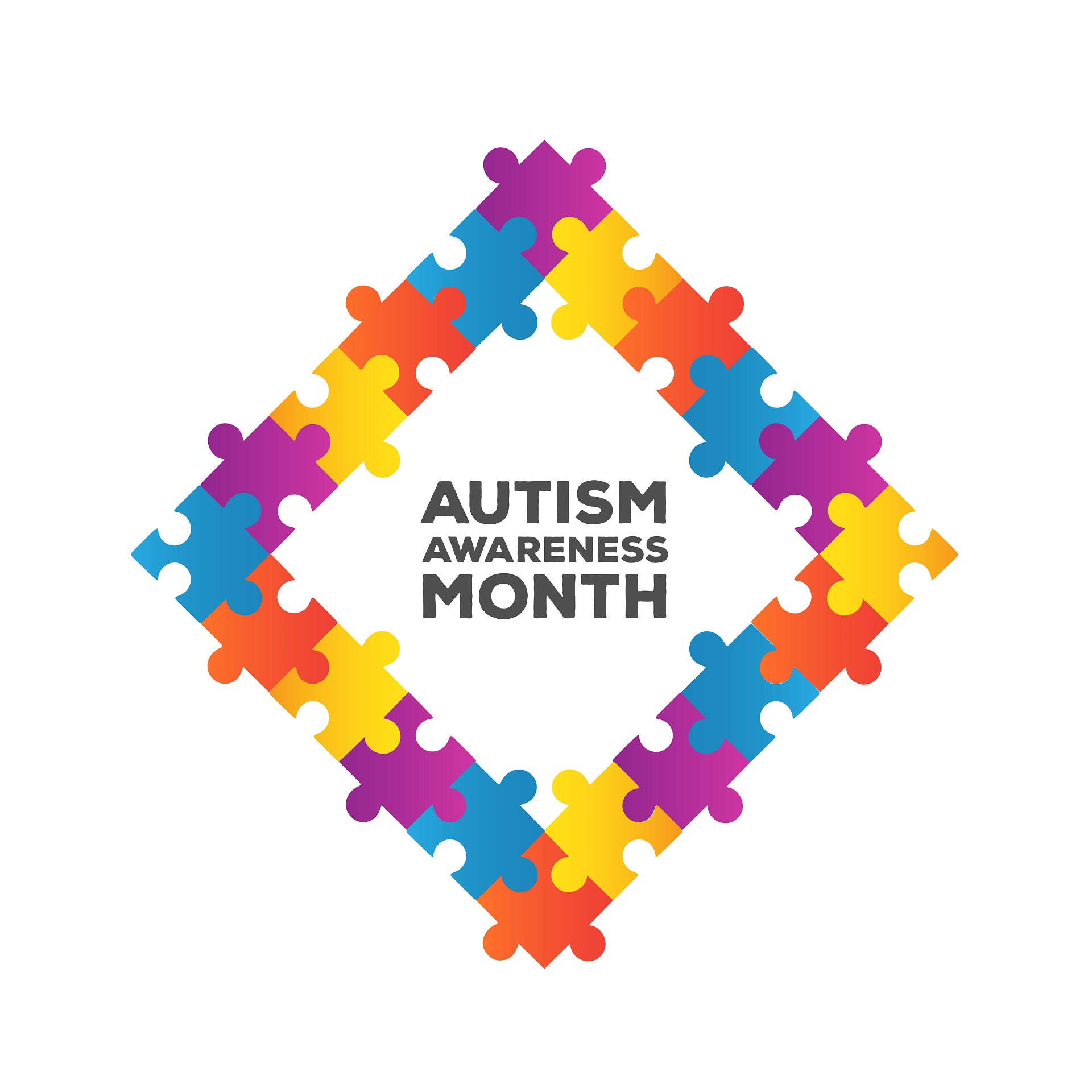 Scientists are deep in the trenches discovering the factors involved in developing autism and how to effectively "retrain" the brain through intensive interventions.
Scientists are deep in the trenches discovering the factors involved in developing autism and how to effectively "retrain" the brain through intensive interventions.
Director of Neuroscience Education and Adjunct Associate Professor at Northwestern University, Martha S. Burns, Ph.D., recently presented a webinar that provides the very latest information about the brain’s role in autism and how to intervene for favorable results.
The FACTS:
1. Autism is Highly Heritable
This means that autism is frequently, but not always, passed down from one generation to another. Because of the complexity of the human genome (DNA set), gene mutations can also be responsible for a child developing autism even if autism does not run in his or her family.
2. Autism is Not Caused by IQ Deficiency
Two-thirds of those diagnosed with autism possess average or above-average intellectual ability.
3. Genes Overlap
We see a genetic correlation of autism with other disordered traits such as depression and ADHD.
4. Brain Connectivity Problems Precede Autism
Autism does not create brain connectivity problems. Instead, autism stems from an underdeveloped cerebral cortex, the part of the brain responsible for relaying and interpreting messages. There may be other causes as well, such as protein synthesis issues or core brain area dysfunction. For example, a dysfunctional hypothalamus, which regulates sleep, may play a role in the development of autism.
5. There is Still Much to Learn About How and Why Autism Develops
Since every child’s DNA is unique and complex, the causes of autism are difficult to pinpoint.
The INTERVENTION:
1. The Earlier the Diagnosis, the Better
Autism Spectrum Disorder begins to develop in utero. Auditory scans performed on infants show that auditory brain stem response is slower in those with Autism Spectrum Disorder. We may be able to use this information to start early, intensive intervention, which benefits children over the long-haul.
2. Behavioral Treatment Must be Adaptable and Individualized
Targeting a child’s specific learning difficulties ensures a higher probability of improvement. Language learning exercises must be repetitive and intensive over time to unlock learning barriers and rewire the brain for language acquisition.
3. Abundant Social Interaction is Vital
Children need plenty of help learning social skills in order to develop appropriate language skills. Time spent interacting with others in different scenarios and interacting with animals is important.
4. Intervention is Crucial During Prime Learning Windows
The brain is most plastic (and able to learn and retain new information) between birth and 4 years of age and again during adolescence. Regular, rigorous learning must occur for children to make significant strides towards language skills improvement all throughout their life, but in particular at those ages.
5. Learning Programs and Behavior Therapy are an Integral Part of Any Autism Intervention.
For children ages 2 ½-4 years-old, Dr. Burns recommends Kiko's Thinking Time by Kiko Labs. As students get older, she regards the award-winning Fast ForWord program as a powerful learning tool.
Fast ForWord is an Optimal Learning Program for Children Diagnosed with Autism.
Dr. Burns highlights the effectiveness of Fast ForWord for children with autism, specifically how it can improve the language abilities of learners with differing levels of need, since it personalizes to each person's strengths and weaknesess. Fast ForWord was recently commended by the Council of Administrators of Special Education (CASE) for its “continuing improvements,” “updates and enhancements,” and its results—it “enables students with learning disabilities to achieve quick and lasting learning gains.”
Perhaps one of the more impressive aspects of Fast ForWord is its how it addresses both underlying cognitive and literacy skills in children ages five and up. This combination of exercises leads to improvements not only in expressive and receptive language, but also in social skills, attention, and more. 81% of parents reported improvement in a field study.


Is there any programs for learning in Australia
Hi! Yes, we have a partner in Australia who offers the Fast ForWord program. Check them out at https://www.learnfasthq.com/home. Thanks!
Can this program be helpful for adults with attention deficit? How about for teenagers who may have sensory deficits (not sensory processing deficits), such as hearing or visually impaired?
Is there any programs for learning in Ukraine?
Thank you for your interest! Our international representative will reach out to you shortly.